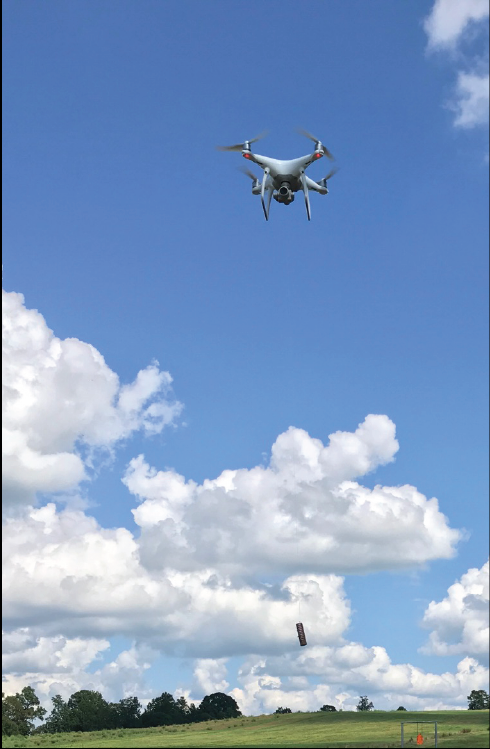About DCAs
Honey bees mate only in flight, five to sixty meters high, a practice that has made studying this area of reproduction challenging. In the spring and summer months on calm, clear, warm afternoons, drones leave the hive and fly to places called drone congregation areas (DCAs) where drones from different colonies meet and fly around looking for queens with which to mate. DCAs are small areas, with diameters between 30 and 200 meters.1 After flying for about a half an hour, drones return home to refuel with honey, and then head back out and repeat the process as long as conditions are favorable for flight. Drones prefer DCAs close to home. The paths drones take to and from DCAs are called flyways. Flyways are narrow areas (50-100 meters) that connect the hive to the DCAs and connect DCAs to each other.2 Mating can also occur in flyways–so long as the bees are flying, they will mate.

